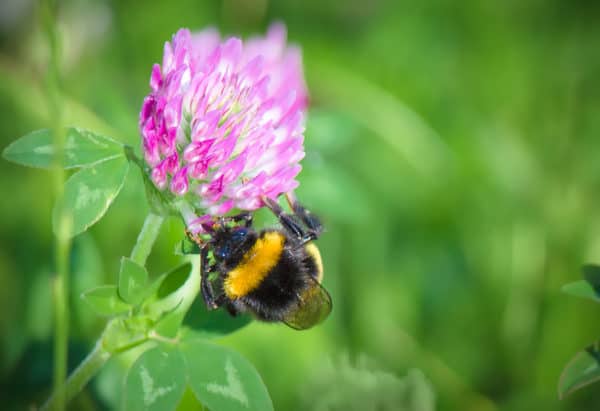
Jul 10, 2020 | DIY Pest Control, Pest Control
A household pest is any undesired animal that has a history of living, invading, causing damage to, eating food from, acting as a disease vector for, or causing any other harm to a human habitat. While most are considered a nuisance, household pests become dangerous when they pose a risk to health, property, or lifestyle. Household pests aren’t just limited to insects; they also include arachnids, rodents, and wildlife.
While household pests can be found year-round, some are more common in the summer months. Here are 8 of the most common summer household pests and how you can prevent them.
Mosquitoes
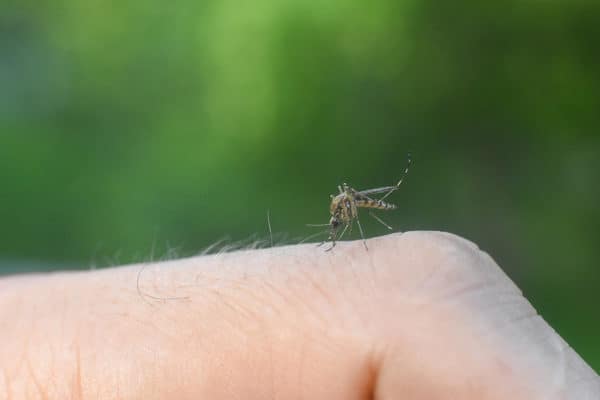
Mosquito season peaks in the summer months. The warm weather and humid environments accelerate their life cycle so they are able to reproduce in large numbers during this time. You are most likely to see mosquitoes when you have standing water on your property. Mosquitoes lay eggs in standing water and the hot, humid climate in summer is ideal for both breeding and to find food sources. Mosquitoes are dangerous to humans as they carry pathogens that can cause serious diseases like Zika and West Nile virus.
Mosquitoes can be prevented by:
- Avoiding the outdoors at dawn and dusk
- Wearing clothing that covers arms and legs
- Eliminating areas of standing water
- Repair or replace torn window screens
- Apply insect repellent
Ants
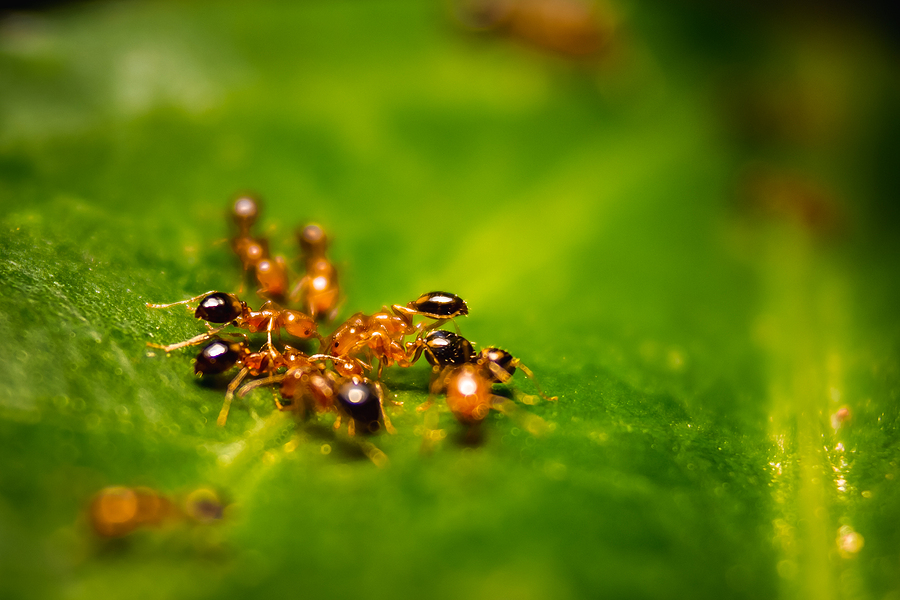
Ants hibernate in the winter and come out in full force over the summer. They have to forage in the summer months to feed their growing colonies and to build up their reserves for fall. Ants are usually seen indoors in the summer because they are searching for food and water as these can become scarce for them.
Ants can be prevented by:
- Keeping your home clean, especially the kitchen
- Not leaving pet food and water bowls outdoors
- Keeping trees and shrubs trimmed away from the house
- Sealing cracks and holes in your home’s exterior
Fleas
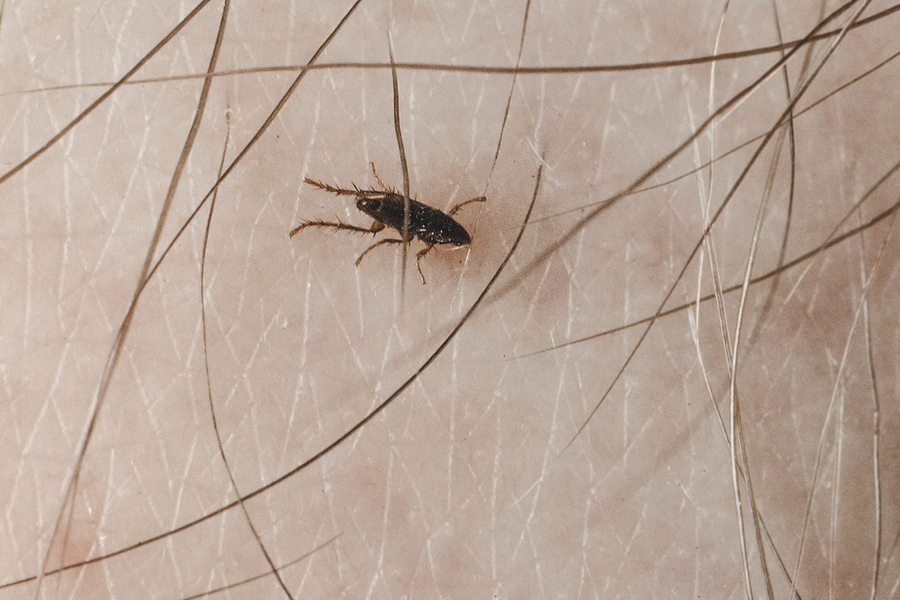
Fleas are prevalent in the summer months, although they can be found on pets year-round. Pets will indicate the presence of fleas by scratching and biting when they come in from outdoors.
Fleas can be prevented by:
- Treating pets for fleas with preventative medication
- Vacuuming frequently, especially in areas that pets frequent, and disposing of the bag immediately
- Treating your yard with outdoor flea spray
- Washing pet bedding and toys weekly in hot water
Ticks
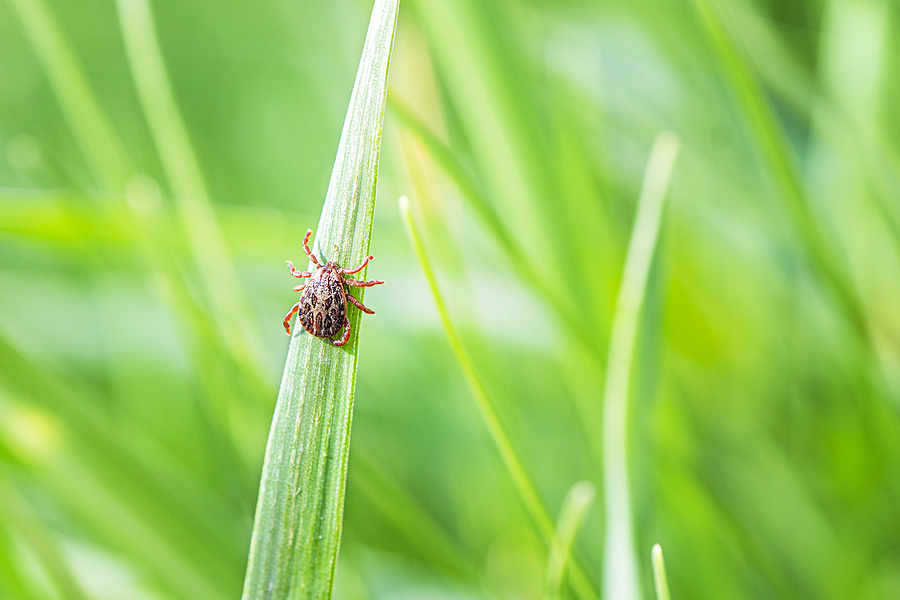
Ticks are problematic to humans and pets because they spread diseases like Lyme disease and Rocky Mountain spotted fever. Tick bites increase in the summer because people and animals are spending more time outside. The US is also seeing an increase in ticks because of the combination of mild winters and an increased population of deer and rodents which are known to carry ticks.
Ticks can be prevented by:
- Using tick preventatives on pets
- Wearing long sleeves and closed toe shoes when outdoors
- Avoid areas with high grass or woods when possible
- Eliminating debris and wood piles from your property
- Wearing insect repellent
- Checking yourself and your pets for ticks immediately after coming in from outdoors
- Removing any ticks found immediately
Termites
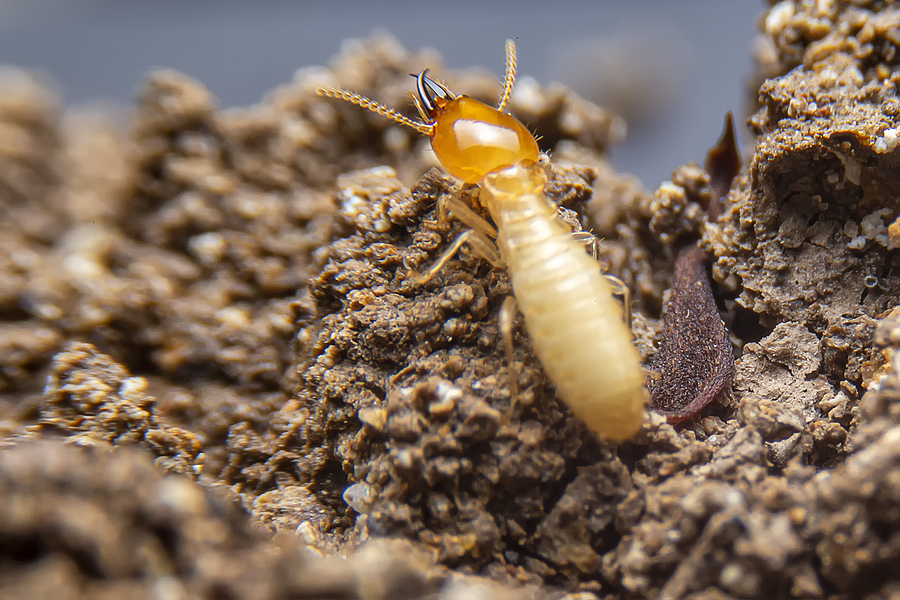
Termite swarming season is in the spring but these newly established colonies grow exponentially in the summer. Termites can go long periods of time undetected, causing significant damage to your home. It is important to keep an eye out for signs of termites so you can catch them early.
Termites can be prevented by:
- Eliminating wood to soil contact around foundations
- Creating a 4 inch barrier between wood mulch and your home
- Keeping plants a few feet away from your home
- Making sure storm drains point away from foundations
- Fixing leaks and eliminating any other sources of excess moisture
- Having an annual termite inspection performed
Grasshoppers
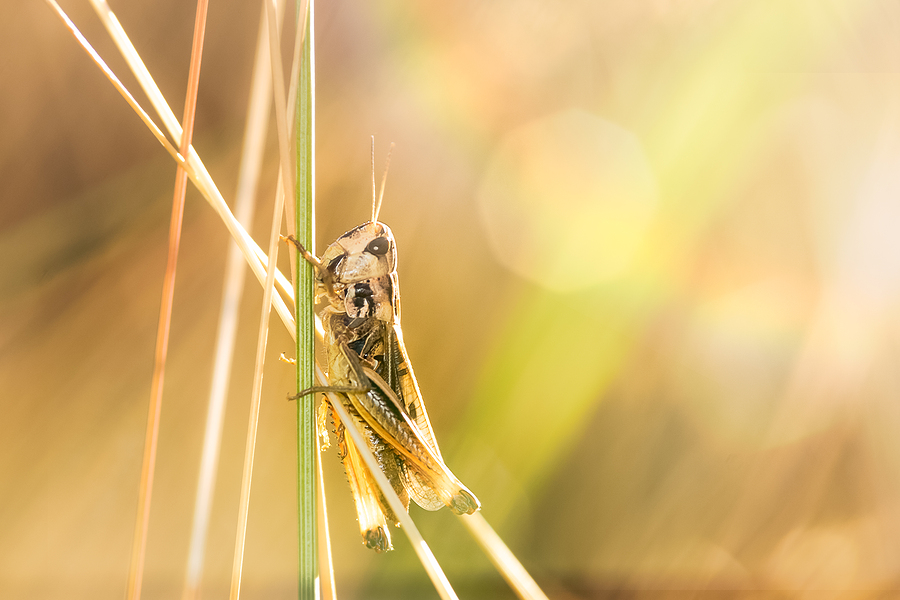
While most people view grasshoppers as just a nuisance pest, they can be devastating to gardeners and farmers. Grasshoppers can devour an entire field of crops in just a few days. Grasshoppers surge in large numbers in the summer months and are most prevalent in dry, hot summers. Grasshoppers can also cause damage to non-farmers as these are one of the only pests that can chew through screens.
Grasshoppers can be prevented by:
- Plant flowers that deter grasshoppers (lilac, crepe myrtle, verbena, sage, juniper)
- Plant vegetables that don’t attract grasshoppers (squash, peas, tomatoes)
- Introduce predators by making your garden attractive to birds
- Use floating row covers on crops and plants
- Consider natural products that kill grasshoppers without harming other animals or plants (Nosema locustae or Beauveria bassiana)
Flies
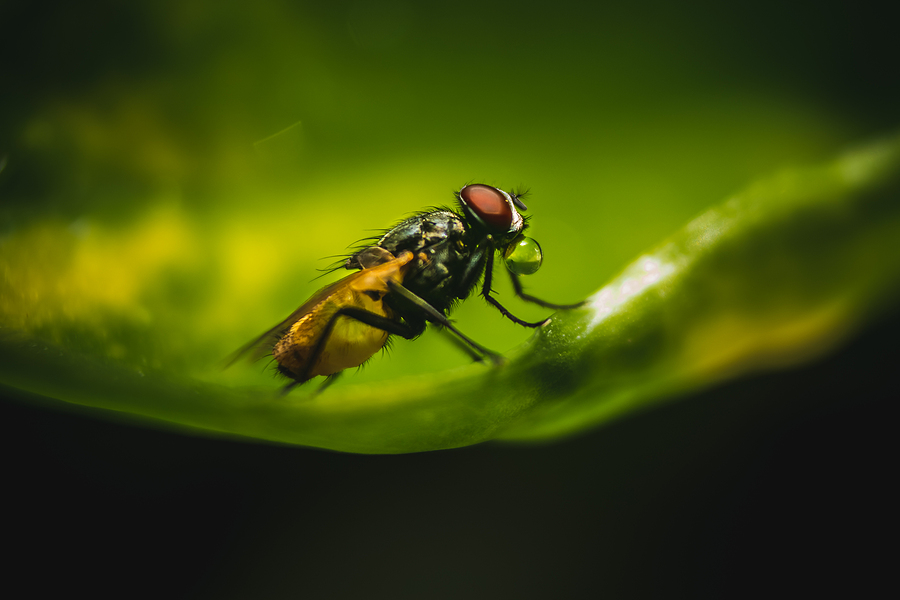
Flies invade your home in the summer months to escape the heat. They only reproduce during the hotter months and reproduce even more prolifically when they get indoors. Flies will stick around well into the fall months.
Flies can be prevented by:
- Keeping windows, doors, and vents sealed
- Using garbage cans with tight fitting lids
- Taking the garbage out when it is full
- Storing food in airtight containers
- Not leaving dirty dishes out
- Not leaving grass clippings in the yard
- Turning off outdoor lights at night
Stinging Insects
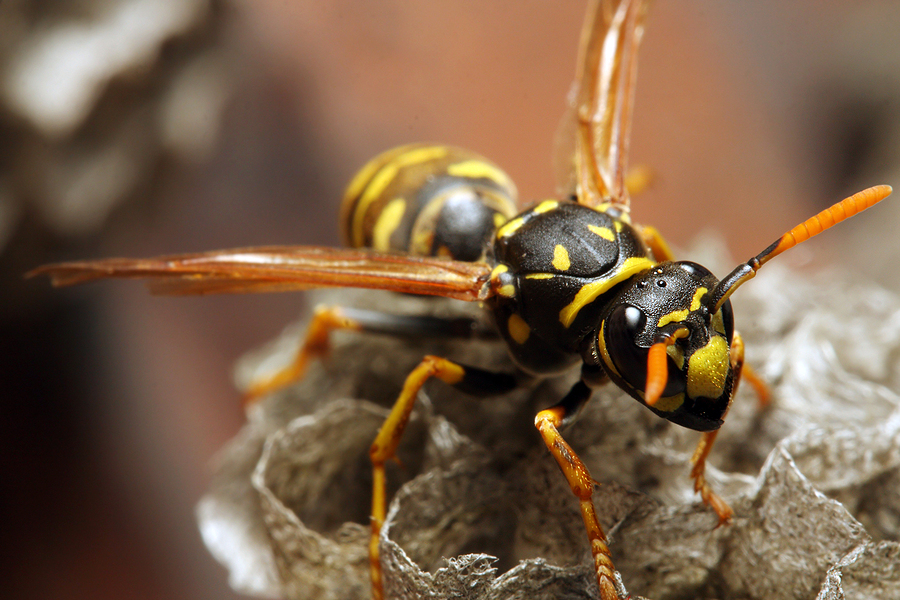
Stinging insects mate in the spring and their populations grow during the summer months. Hornets and yellow jackets are especially common in the summer because they have to establish new nests each year. These are usually found under decking or under piles of leaves. These stinging insects are potentially dangerous for people with allergies. Yellow jackets and bees can also get into the walls of homes, causing significant damage.
Stinging insects can be prevented by:
- Wearing shoes when outdoors
- Keeping trash cans tightly covered
- Eliminating dirt patches on your lawn
- Avoiding sweet smelling perfumes
- Don’t swat at stinging insects
Don’t let these common summer pests ruin your summer. If you have a problem with any of these pests, contact a professional pest control company who can help eliminate them safely and prevent them going forward.
You May Also Be Interested In:
Termites: How to Stop Their Damage
Keeping Cool for the Summer
Turning A Yellow Lawn Green
Fleas, Ticks, and Chiggers: What’s the Difference?
Pigeons, Sparrows, & Starlings: Nuisance Bird Control
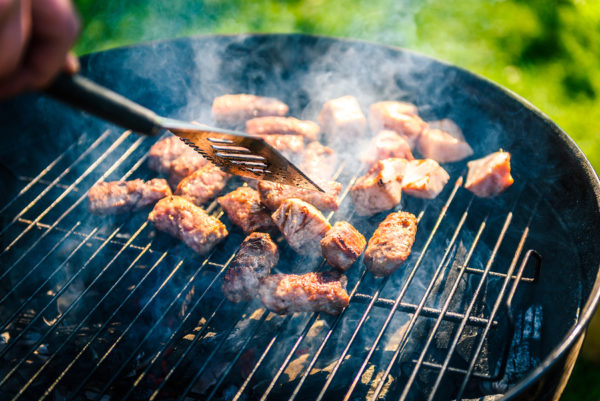
May 25, 2018 | LeafProof, Mosquito, Pest Control
One of the perks of summer is spending more time doing what we enjoy outdoors – barbecues, picnics, gardening anyone? But, you know that all of these fun activities come with another risk – pests! Nothing ruins a picnic faster than ants or mosquitoes. What can you do to make sure you can still enjoy all the fun times outside this summer? Check out these 9 ways to protect your outdoor fun from pests.
- Remove standing water. Standing water is the perfect breeding ground for mosquitoes. Walk around your yard and fill in any areas where water is prone to pooling. Use pumps in ponds and fountains. Empty out any containers that contain standing water like wading pools, flower pots, buckets, toys, wading pools, and more. Check gutters and rain spouts for clogs and clear them. Consider using gutter guards to help prevent clogs. Check around AC units for leaks.
- Clear out clutter and debris. There are lots of items around your yard that can hold rainwater like toys, tires, and even half empty bags. Make sure these are empty and cleared away or, if you can’t get rid of them, turn them over so they can’t collect water. Piles of leaves, fallen branches, and rotting fruit can attract pests to your yard by providing them with food and shelter. Make sure these are cleared out of your yard.
- Landscape your yard. Tall grass and weeds can harbor ticks, fleas, and ant hills. Mow your lawn regularly in spring and summer so pests have less places to hide. Overgrown shrubbery and tree branches that are in contact with the side of your home can provide a clear pathway for roaches and other pests. Keep trees and shrubs trimmed with at least 1 foot between the branches and the walls of your home.
- Store firewood properly. Firewood provides food and shelter for many different pests, especially termites. Make sure firewood is dry before storing it. Keep firewood stacked above the ground and use a rack or a platform if possible. This way ants and termites can’t easily access the wood. Make sure firewood is stored at least 5 feet away from any structures like houses or sheds. If possible, store firewood with a cover or roof over it.
- Use screens. Keep windows and doors closed as much as possible. Make sure doors and windows have screens on them. Check screens regularly for holes and tears and repair or replace them as needed. Check around doors and windows for gaps and replace weatherstripping as needed.
- Inspect your outdoor equipment. Regularly check the chains of swing sets and the corners of outdoor furniture for spiders and egg sacks and remove them immediately. Check under your porch, in your eaves, or near your grill for wasp nests and remove them immediately. Keep outside toys outside and inside toys inside. If you have to bring outside toys items inside make sure to wipe them down beforehand.
- Cover your food. Keep all food and beverages in sealed covers and containers. Keep food covered at all times. Keep garbage containers sealed. Bring utensils and dishware indoors shortly after the meal. Clean trash, spills, and crumbs immediately from tables and other surfaces. Rinse all beverage bottles and cans and dispose of them in tightly closed garbage containers. Use clear plastic cups for drinks since aluminum cans and plastic bottles provide hiding places for stinging insects.
- Use insect repellent. Mosquitoes are most active from dusk to dawn. If you must be outdoors during this time, use insect repellent that contains DEET. Use repellent on both exposed skin and on your clothes. Wear long sleeves and pants to avoid bites. Use citronella candles around decks and patios.
- Call a professional. If you suspect you have a pest problem, call a professional pest control company who can provide you with a thorough evaluation and a comprehensive treatment and prevention program for pests.
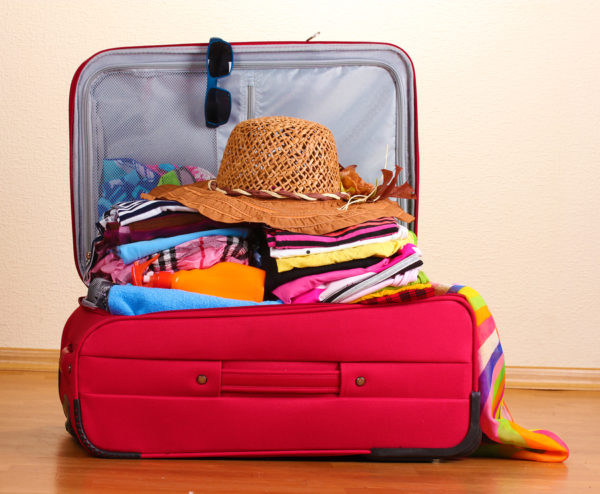
May 11, 2018 | Pest Control
As summer approaches we kick off the start of vacation season. We’ll soon be taking advantage of warm weather, sunshine, and school getting out to take off to the beach, camping in the mountains, or just visiting out of town relatives. But people aren’t the only ones hitting the road – pests take advantage of our travels to hitch a ride back home with us too! What can you do to keep these pests from turning your home into an insect’s paradise? Check out these tips to keep your home pest free this summer.
In The Car:
Bed bugs, fleas, ticks, spiders, and roaches like to catch a ride with you from destination to destination, especially on road trips.
- Keep car windows closed as much as possible when you’re on the road, especially when you drive through wooded areas.
- Keep the interior of your car clean and dehumidified.
- Clean up any food and drink spills immediately.
- When you arrive at your destination check the sheets, carpet, curtains, and bathrooms for any signs of pests.
- Elevate your bags in the room and keep them sealed tightly when they’re not in use.
- Check your socks and the inside of your shoes every morning before you put them on.
On A Plane:
Silverfish, bed bugs, and even moths can hitch a ride in your suitcase. You can pick these up in hotels, your relatives’ homes, and even in the airport.
- Keep your bags sealed when you’re not using them, whether it’s in a hotel, in your car, in the airport, or on a plane).
- Wash and dry your clothes as soon as you get home.
- Don’t keep food in your carry-on bags.
- Don’t take any trash off the plane when you disembark.
- Once you unpack, put your bags in the dryer for at least 20 minutes.
- Inspect everything you bring home for pests, even after you wash and dry it.
In The Woods:
Camping is one of the most challenging environments for pest control. Let’s face it – pests live outdoors!
- Keep your food in sealed containers and make sure to store them at least 10 feet from your camp site and at least 8 feet in the air.
- Make sure you store your firewood at least 20 feet away from your camp site.
- Seal your sleeping bags inside your tent when you’re not using them.
- Check your sleeping bags for pests every night before getting in them.
- Sleep under a mosquito net.
- Wear bug spray.
- Dispose of any food scraps immediately.
- Wash and dry all of your things as soon as you get home, including your tent, your sleeping bags, your clothes, and even yourself).
- Check your whole body, especially any skin folds for ticks.
In Someone’s Home:
One place we don’t often think about picking up unwanted pests is in the homes of our relatives. Pests, however, don’t discriminate – they can be found in even the cleanest of homes.
- Inspect the furniture where you’re staying as soon as you arrive for signs of pests.
- Change the sheets upon arrival.
- Don’t hang your clothes up in the closet.
- Elevate your bags and keep them tightly sealed when they’re not in use.
- Wash and dry your clothes and bags immediately when you get home.
If you suspect a pest problem when you get back from vacation, contact a pest control professional for a thorough inspection.

Feb 2, 2018 | Pest Control
Just like the weather changes with each season, so do the pests that we see. Some pests prefer warmer weather and peak in spring and summer while other pests will surge in the winter as they come inside to get out of the cold. The ways that you prepare your home will depend on what time of year it is and what pests you are preparing for. We have provided you with a few of the most common pests for each season so you can be better prepared all year long.
SPRING:
Springtime brings about an increase in temperatures, the melting of ice, and the blooming of flowers. These warmer temperatures bring many pests out from their winter hiding places. As these animals emerge they will have one thing on their minds – food and water! Spring is also mating season for many species. Here are some common spring pests to look out for:
- Ants: Ants forage for food in warmer weather. As the temperatures increase, ants will venture farther and farther from their colonies in search of food. This will eventually drive them into our homes. The heavy rains in spring also drive ants out of their colonies in search of higher ground.
- Termites: Spring is the start of termite season as they leave their nests to mate and start new colonies. This is also known as “swarming.”
- Mosquitoes: Heavy spring rains provide the ideal breeding ground for mosquitoes. Mosquitoes will increase their activity in spring in preparation for their peak season which is summer.
- Flies: Flies reach maturity at the beginning of spring. Once they mature, they will flock to areas that humans inhabit as they look for food. They prefer liquids and other sweet foods.
- Spiders: Spiders become active in the spring as they search for food. The increase in insect activity as they wake from their winter slumber provides ample opportunities for spiders to feed.
- Stinging Insects: Stinging insects include bees, wasps, yellow jackets, and hornets. These insects wake up from their dormant stage in the spring and they become more active. Spring is the start of their mating season as they seek to establish their nests and breed.
- Bed Bugs: Although bed bugs are a year round problem, their populations can spike in springtime because of the increased travel for Easter and spring break from schools.
SUMMER:
While we get somewhat of a break from pests in the summer months, there are a few species who peak during this hot season. Summer is typically the time in many pests’ life cycles where they are maturing and are less of a threat to humans. Here are some common summer pests:
- Mosquitoes: Mosquitoes are the most common summer pest. The warmer temperatures allow mosquitoes to move through their life cycle faster which means they lay more eggs in the summer months. The summer rains also provide the ideal setting for mosquitoes to breed.
- Stinging Insects: Stinging insects reach their highest populations in the summer. They will often build their nests in any openings in your house, under overhangs or in the ground near your foundation.
- Ants: Ants continue to be a nuisance in the summer. As the rains continue through the season, ants will continue to seek shelter in higher ground. They will also continue to forage into our homes in search of food.
- Flies: Flies are most active in the summer months. This is also their peak breeding season. Flies will spawn in animal waste, garbage, and rotting foods.
- Termites: Termites are most productive in the summer. This is the season when they continue to consume wood while the queen continues to lay eggs and build their colonies.
- Bed Bugs: Once again, bed bugs are year round pests. Many populations thrive in the summer months because of an increase in travel during summer break from school.
FALL:
Fall brings about cooler temperatures. This is the time of year when pests start to prepare for the upcoming winter. Many pests will start to seek warmth and shelter inside our homes. Here are some common fall pests:
- Cockroaches: Cockroaches are some of the most common fall pests. Cockroaches cannot survive in colder temperatures so fall is when we see them start to migrate indoors in search of shelter and warmth. Cockroaches are known to hide near pipes and drains. They can spread disease and exacerbate asthma.
- Spiders: Spiders are also common in the fall for the same reasons as cockroaches. They will move indoors to avoid the harsh colder temperatures, as well as in search of food as many of the flying insect populations decline as the weather cools. Spiders also breed in the fall so activity will increase as males go in search of mates.
- Rodents: Rodents are another common fall pest. Rodents will migrate indoors as the weather cools in search of warmth, shelter, food, and water. Rodents not only spread disease but will also chew through wood supports and electrical wires in your home.
- Fleas: With rodents come fleas. Fleas flourish in warmer weather so as the weather cools, we see their populations indoors thrive. Fleas will hitchhike into your home on both your pets and any other wildlife that come into your home in the fall.
- Stinkbugs: Stinkbugs become a nuisance in the fall. Stinkbugs are known for emitting an extremely foul odor when they feel threatened. Stinkbugs are also considered a serious threat to agriculture as they can cause significant damage to crops.
WINTER:
While many pests hibernate or become dormant over the winter, don’t relax just yet! There are still many pests that we see in larger numbers in the winter months as they make their way into our home to avoid the harsh cold weather. Here are some common winter pests:
- Rodents: Rodents are the most common pests we see in the winter. Rats, mice, and squirrels will invade our homes in search of a warm place to stay and an ample supply of food and water.
- Roaches: While most cockroach species die off in the winter, Oriental roaches and German roaches are still active during this time of year. They seek dark, damp areas which are prevalent in the wintertime.
- Bed Bugs: Once again, bed bug populations are active year round but they often flourish during the winter months as these are some of the busiest travel times of the year.
As you can see, no two pests are alike and no two seasons are alike. In the same manner, one universal pest control method won’t work for different pests or for different seasons. It is important to know which pests thrive during which seasons so that you can better prepare your home year round to prevent an invasion. If you suspect that you have a pest problem in your home, contact a professional pest control company who can provide you with a thorough evaluation and set you up with a comprehensive treatment plan.
Jul 19, 2013 | Pest Control

It’s summer time and BBQ season is in full effect. Naturally, your family and friends aren’t the only ones attracted to the smell of something good on the grill. We at Northwest Exterminating provide extensive treatments for mosquitos, fleas & ticks and other creepy crawlers that may want to stop by. However, being proactive in small ways can add to the benefits of pest and mosquito control. Below is a list of tips to help you keep your BBQ guests from getting bugged!
- Keep your outdoor dining area clean. For instance, flies hate the scent of Pine-sol. Mix it with water and put it in a spray bottle to use to wipe down the porch and furniture.
- Place a fan near your BBQ area. This moderate breeze will blow tiny insects off-track
- If you have a more serious mosquito problem, use a fogger in the BBQ area before the event and make sure to spray bushes as well.
- Tiki torches, citronella candles or insecticide candles should go around the edge of your BBQ area, though guests will have to be mindful if you choose to go this route.
- Screen tents are a useful means of protecting food and guests.
- Keep food inside and have guests serve themselves indoors before coming outdoors to eat.
- Bug spray is useful plus and there should be enough for each guest to use.
Sources:
http://www.ehow.com/how_8229328_keep-bugs-away-during-barbecue.html











